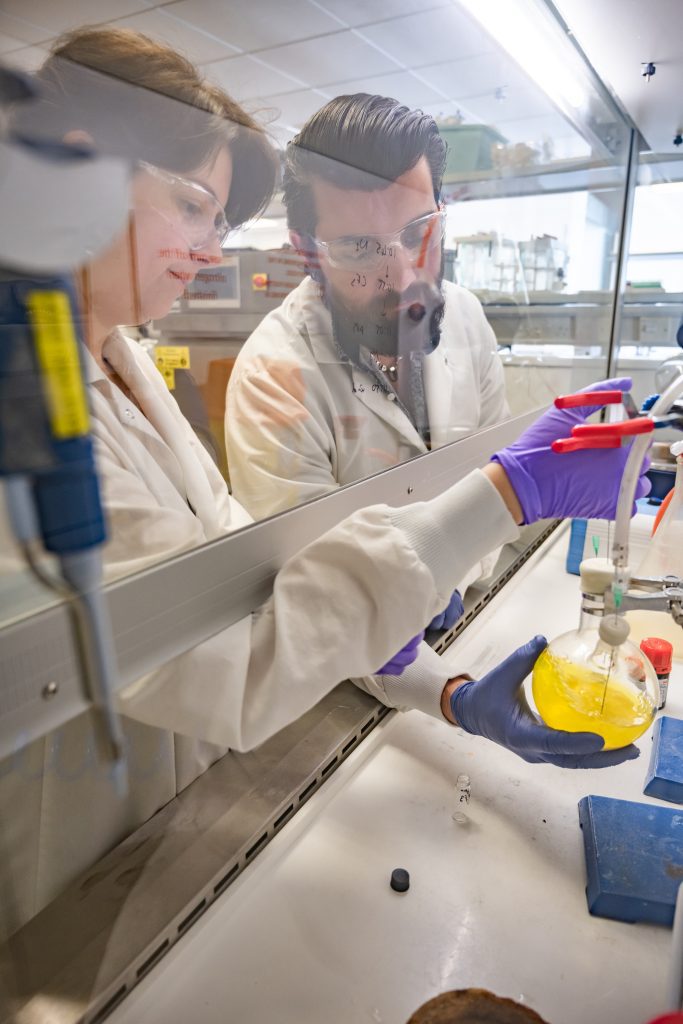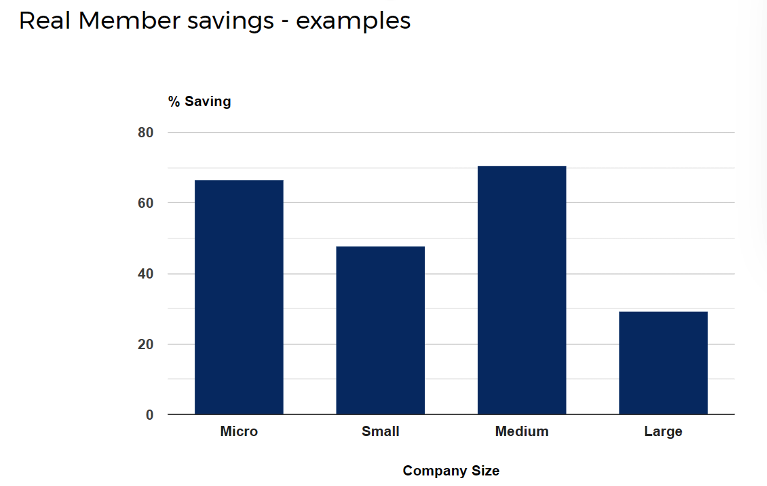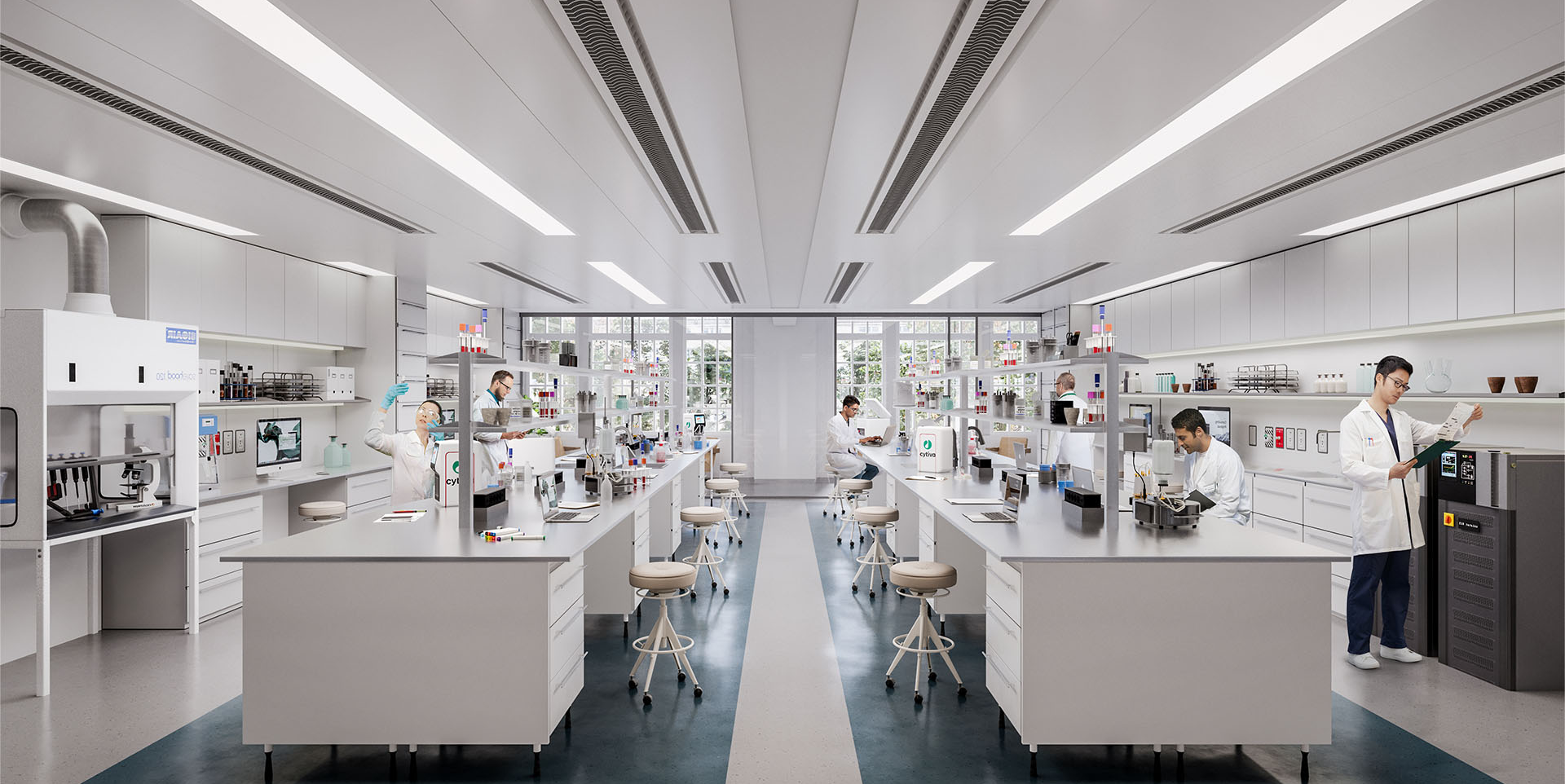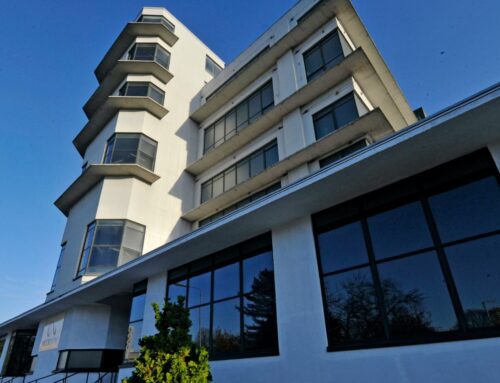For a bourgeoning life science start-up, setting up a lab is undoubtedly one of the most exciting milestones in your business journey. But navigating the intricacies of launching a successful facility can be tricky. Many companies can make what seem like obvious errors with the hindsight of experience.
As the UK’s most sector-focused life science ecosystem, Pioneer Group has had its fair share of practice helping new life science companies settle into their spaces.
Using two decades of hands-on knowledge, we’ve compiled our top three steps for setting up a well-organised, productive facility.
Step 1: Designing an Efficient Lab Layout

When setting up a lab, you want to maximise your space so you and your team can work as efficiently as possible. The best way to do this is by creating a detailed floor plan.
Consider what type of lab space you will need to support your lab operations, do you need lab with ducted fume hood, circulating safety cabinets, good floor to ceilings heights (more than 3M)….how many workstations you will need, how much space each employee requires, what equipment you’ll use, and whether you need access to electrical outlets, gas lines or plumbing facilities or any special drainage. Your floor plan should also map out work flow process for your team, ensuring easy access to emergency exits and sensible routes for people to walk around the lab, particularly if you need to accommodate moving mobile equipment regularly.
It’s important not to overcrowd your lab space with the equipment that generates heat, as this can affect temperature inside the lab.
Don’t forget storage space and workstations; equipment must be packed away safely when not in use and must not obstruct emergency exits.
Step 2: Selecting Essential Laboratory Equipment
Once you have established the layout, it’s time to select your laboratory equipment. From beakers and test tubes to more advanced, state-of-the-art kit, the equipment required for setting up a lab will vary dramatically from business to business, and costs can easily – so proceed here with caution and invest time in research.
A good real estate company will support its tenants when selecting and purchasing essential lab equipment. For instance, Pioneer Group works with leading equipment and consumable manufacturers and suppliers like Thermo Fisher Scientific, SLS, and VWR, and we can help make an initial introduction with the account manager who can help to set up an account and offer discounted prices.
Occupiers at our locations also benefit from access to the OBN’s purchasing scheme, the group purchasing scheme for a consortium of 40 suppliers. The scheme offers an exclusive discount to the OBN members, thereby helping costs down for our tenants, particularly for start-ups still finding their feet.


Source: OBN Purchasing: Your Money Working Smarter | OBN: Supporting the UK’s Innovative Life Sciences Companies (Please note the above stats and graph are generic examples and not specific to our tenants).
Access to Lab equipment and expertise is essential for any start-up, medium to large size companies. At Pioneer Group, we also collaborate with world-renowned Universities to provide access to their expertise and high end equipment.
On-site our tenants will benefit from access to:
Co-Lab
- Tissue Culture facilities
- Class II safety hood
- C02 Incubator
- Plater reader
- Microscope with Camera
- -80 freezer
- Centrifuge
- Cell Counter
- Analytical balances
- Pipettes and PPE require to preform Cell Culture works
Utility Room
- Autoclave
- Water purification systems
- Glasswashers
- Ice machines
- Incubators
Co-Lab +
- Bruker 400 MHz NMR (Work BBO multinuclear probe)
- HPLC and Mass Spec facilities (coming soon)
Step 3: Implementing Safety Protocols and Best Practices
Perhaps the most important step is that your lab space must adhere to safety protocols and best practices. Ensure you have risk assessment for each and every lab activity you perform, and keep a record of MSDS and hazard risk locations sheet. As well as common-sense safety rules, you also need to have proper signage, such as warning signs for hazardous chemicals, and make sure employees know how to use all laboratory equipment safely.
In addition to day-to-day equipment, you should also consider what specific safety equipment you will need when setting up a lab space. As standard, most labs will have:
- Safety glasses
- Safety gloves
- Lab coats
- Fire extinguishers
- Chemical fume hoods (Not necessary for BioScience tenants).
- First aid kits
- An eyewash station
- A safety shower cubicle (Not necessary for BioScience tenants). Only applicable to chemistry based companies
- Fire blankets
Critically, everyone on the team must also know where the lab’s emergency exits and fire alarms are located and what the building’s evacuation procedure is in the case of an emergency. Employees should also receive regular training on using equipment correctly and safely dispose of lab waste.
Ready to get started?
Our labs can be customised to suit you, your team, and the way you work.




